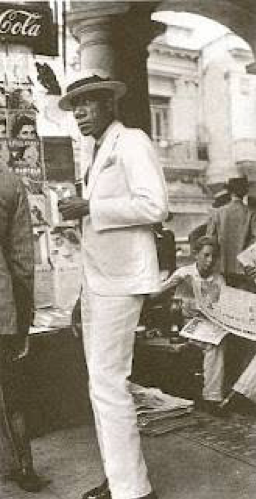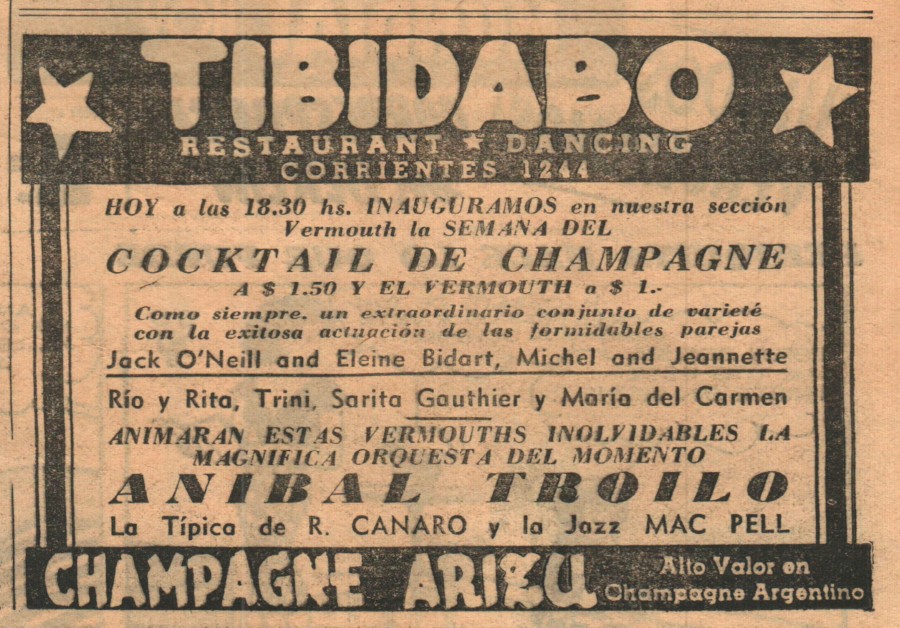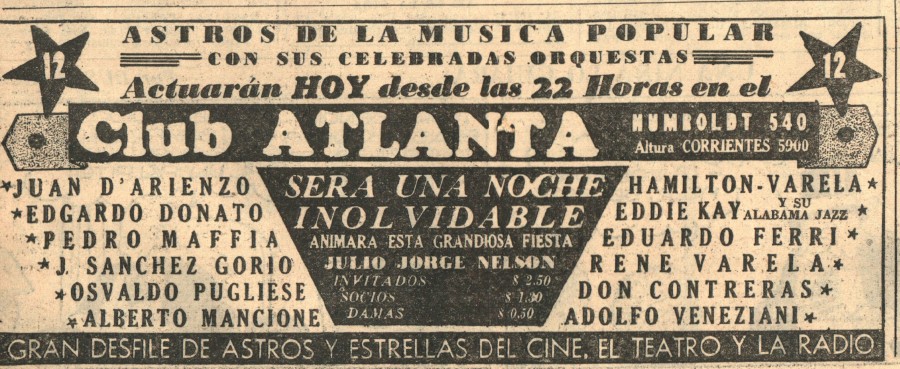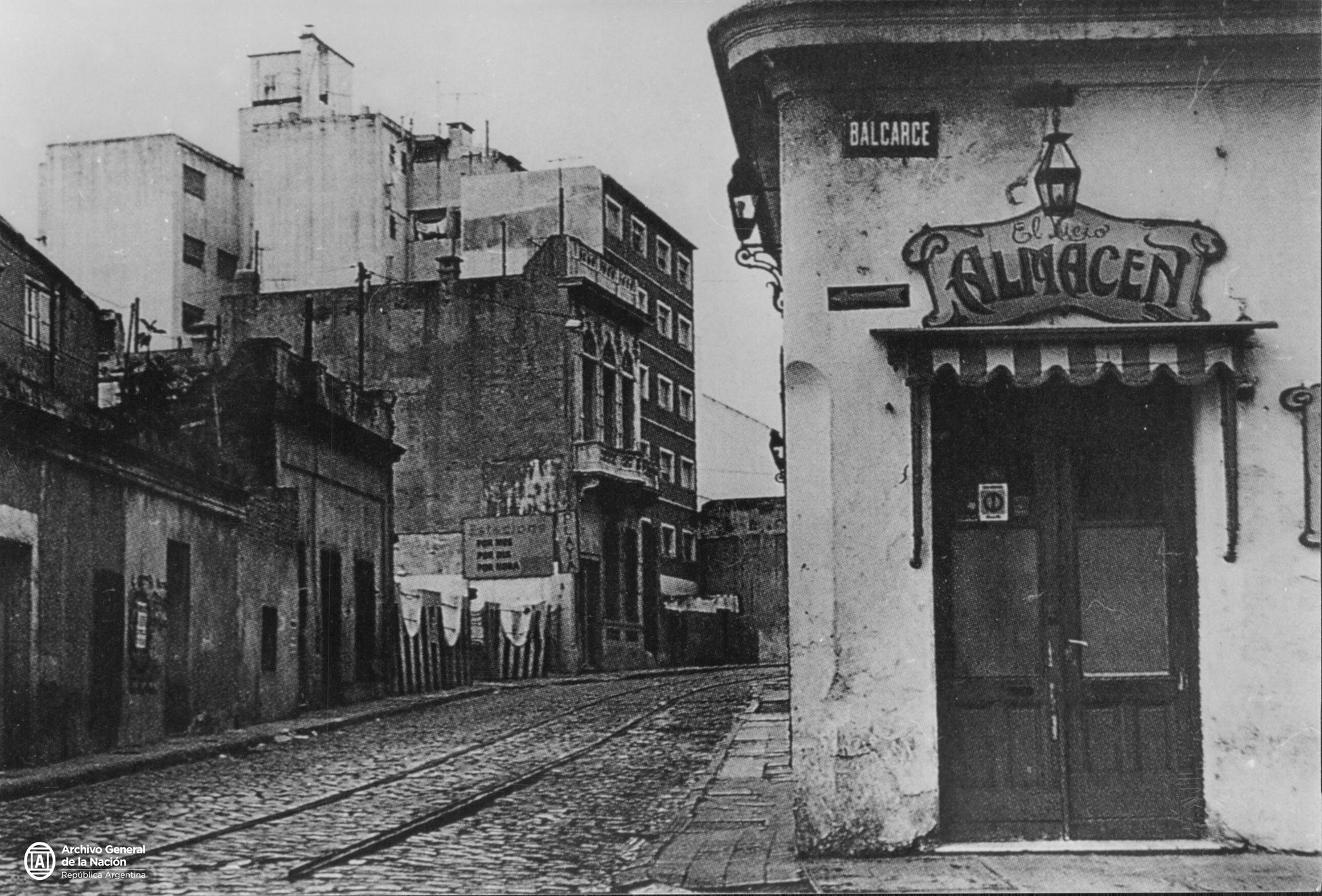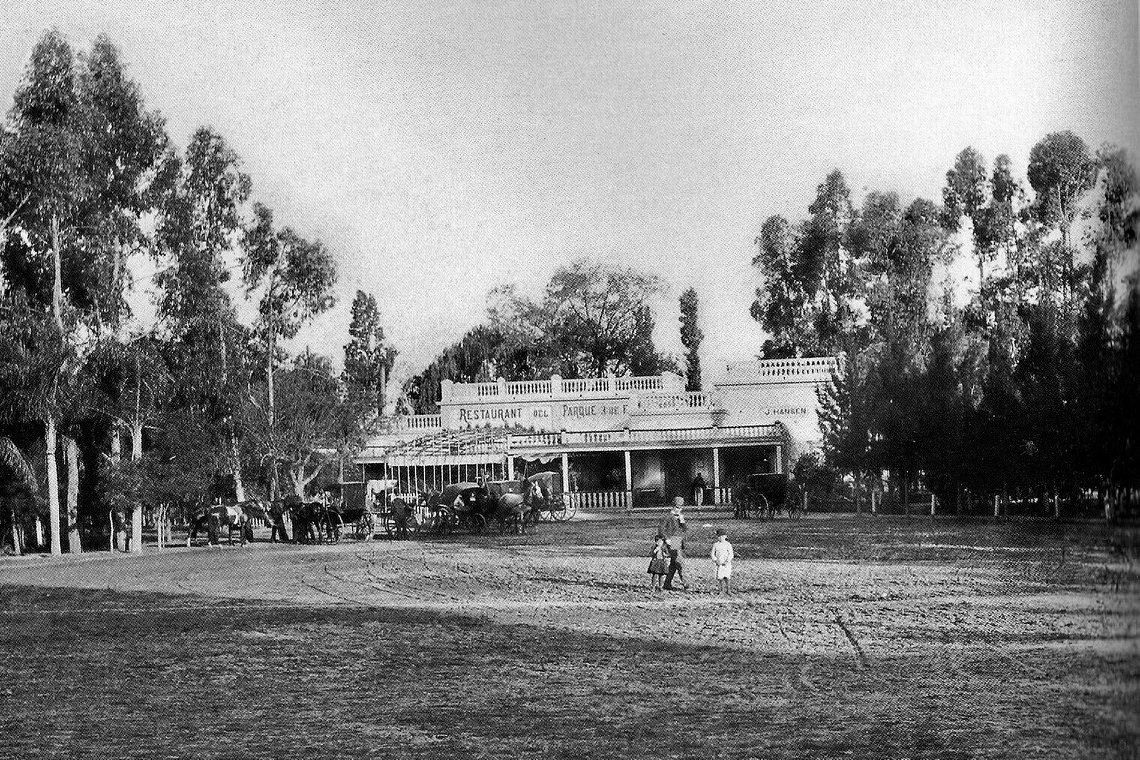The Cabaret Chantecler
The Up and Down of an institution
first published in TangoDanza 2017Nobel, nobel
The Chantecler was one of the most prestigious establishments. It opened in December 1924 on Calle Paraná, just off the main entertainment street, Calle Corrientes. Its façade decoration, a mill and pictures of Montmartre, directly referred to the eternal place of longing, Paris.
The builder, Charles Seguin, had been in the business for some time. He had previously run the equally prestigious Tabaris and Casino cabarets. He had erected his new temple of amusement in the style of the Belle Époque.
As Seguin died childless, he handed over the Chantecler to Amadeo Garesio and his young, pretty wife Ritana, who was present everywhere in the Chantecler.
The story goes that Garesio landed in Buenos Aires with a troupe of Corsican trapeze artists, later ran several brothels and, as he increasingly won the trust of the childless Seguin, became his right-hand man and eventually his heir and successor.
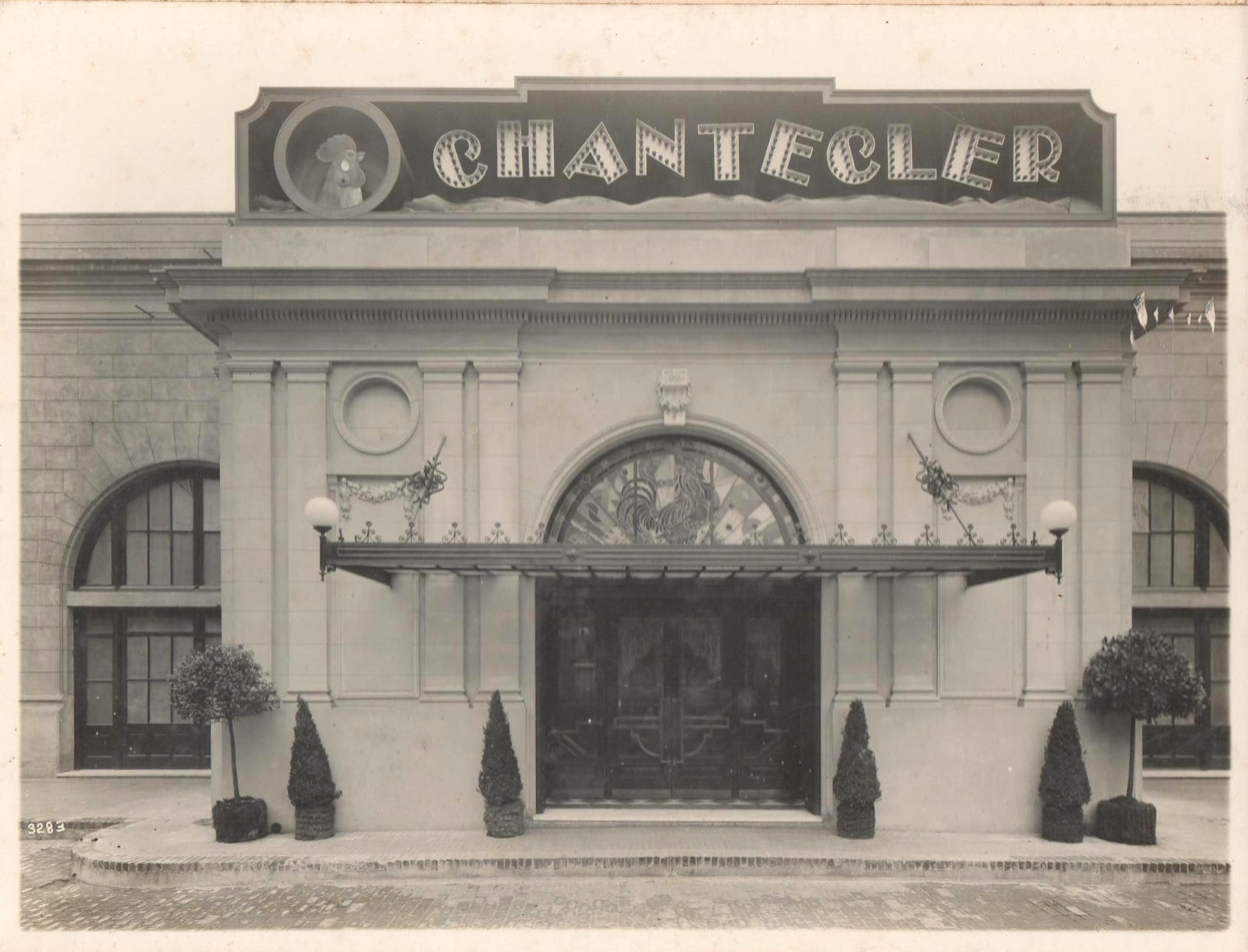
The facade of the Chantecler
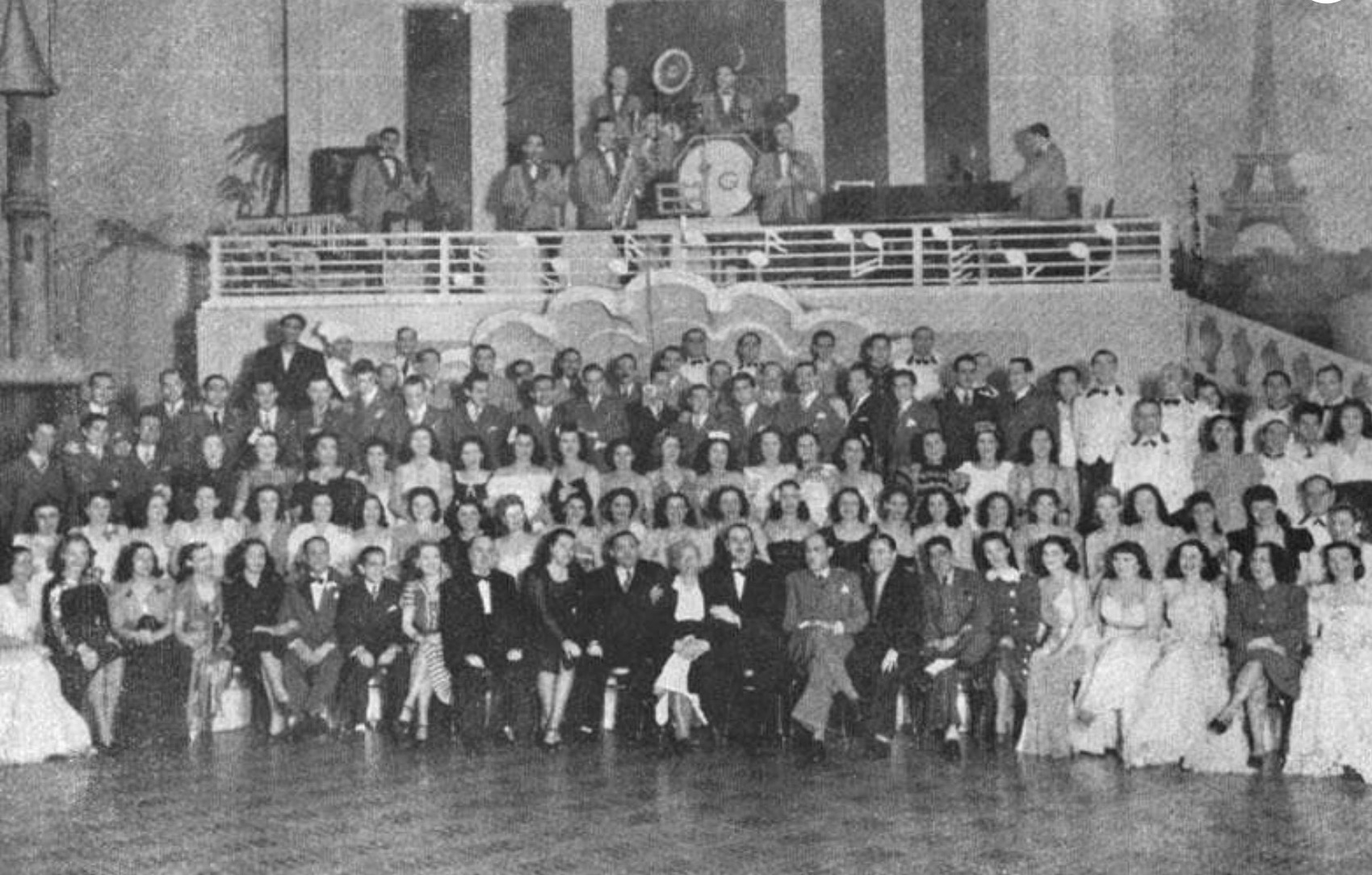
Dancers, staff, musicians, arround 1935
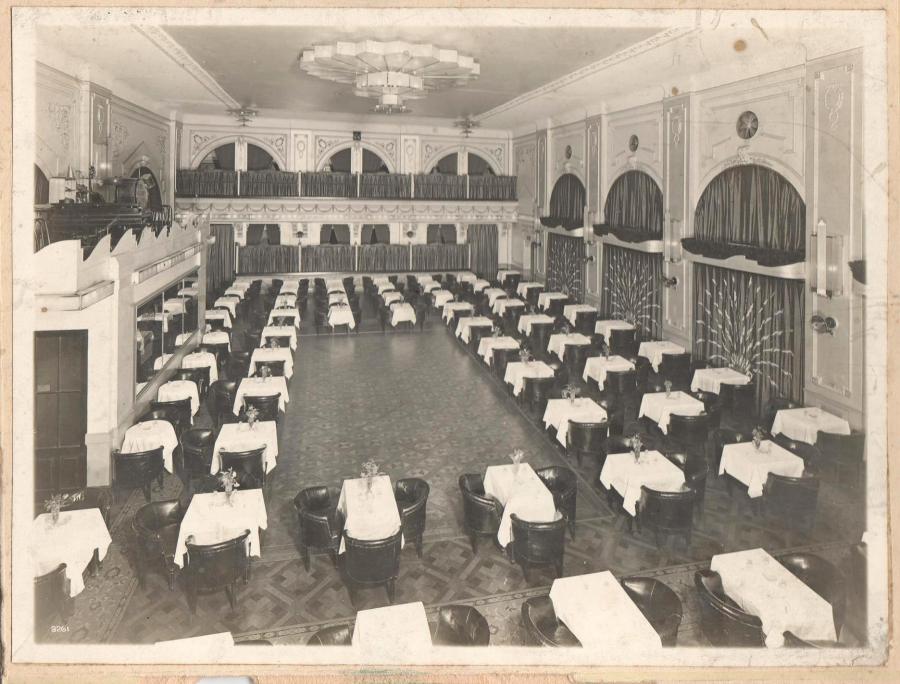
The grand salon, arround 1927
Three dance floors and spacious boxes
A luxurious bar awaited the guests, of course, and the variety artists presented themselves on a stage.
The tangueros could choose between three dance floors surrounded by tables with lounge-like armchairs.
In the walls and on the gallery, as in a theatre, there were partly spacious boxes, which were actually so large that the haute volee could even dance in a private atmosphere.
Thick red curtains gave intimacy, food and drinks were ordered by telephone.
At times, there was even a water basin at the back of the building where young girls celebrated water acrobatics for the pleasure of the visitors.
Pictures of Chanteclair arround 1935
For the opening, Señor Charles Seguin had invited the hottest and most innovative orchestra in 1924, Julio de Caro's Sextet.
But the Chantecler experienced its great period at the end of the 1930s and in the 1940s as the home of Juan D'Arienzo's orchestra.
El Rey del Compás
It was here that D'Arienzo's new, energetic style was born, which kicked off the dance boom of the Época de Oro. It was here that Juan D'Arienzo was given the title El Rey del Compás by Ángel Sánchez Carreño, known as El Principe Cubano.
The Cuban Prince
He led the evening as a singing emcee for more than 30 years, also controlling the staff, supervising the appearance of the servants and hostesses, ensuring the perfect fit of the clothes or the accuracy of the hairstyles.
